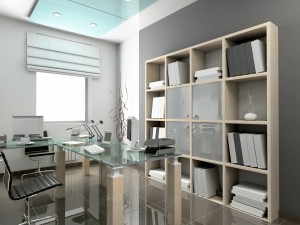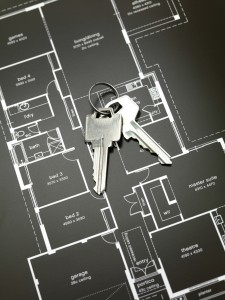Essentially, leasehold improvements include any remodeling or other alterations and enhancements made to a leased property. For accounting purposes, any kind of tenant improvement done during the duration of the lease is recorded as an asset, along with an equivalent liability. It is amortized over the remaining term of the lease or the life of the renovations, whichever is shorter. When the lease is terminated, any improvements that have been carried out typically become the property of the owner without any obligation or cost.
The Purpose and Benefits of Leasehold Improvements
 When a tenant rents a commercial space, he or she usually has to take the property as it is, in its current condition and with its present layout. Very often, the design or state of the commercial space isn’t in tune with the business owner’s vision of what is required to deliver their particular goods or services. Consequently, an agreement allowing for leasehold improvements can be established, which is an arrangement that definitely benefits both the lessee and the property owner, as well.
When a tenant rents a commercial space, he or she usually has to take the property as it is, in its current condition and with its present layout. Very often, the design or state of the commercial space isn’t in tune with the business owner’s vision of what is required to deliver their particular goods or services. Consequently, an agreement allowing for leasehold improvements can be established, which is an arrangement that definitely benefits both the lessee and the property owner, as well.
There are several benefits gained by performing quality leasehold improvements. Obviously if the set-up and overall design of the rental space better facilitate the particular services of the occupant’s enterprise, that tenant will likely have more success in drawing and keeping valuable customers. The property owner also benefits from the renovation because the space is improved, increasing its value as an asset and making it more attractive to current and even future renters. It makes sense that satisfied tenants with a thriving business are going to be more stable as the long-term renters of an appealing commercial space.
Effects of Leasehold Improvements
 Let’s face it: no matter what the business, the tenant will likely need to customize the space to some extent one way or another. Investing from the put set in tenant improvement to enhance the functionality and appearance of the rented property can potentially have a very positive effect on the success of the tenant’s business. Here are some examples where a tenant would need to renovate a commercial space:
Let’s face it: no matter what the business, the tenant will likely need to customize the space to some extent one way or another. Investing from the put set in tenant improvement to enhance the functionality and appearance of the rented property can potentially have a very positive effect on the success of the tenant’s business. Here are some examples where a tenant would need to renovate a commercial space:
- Changing the layout of the space to add purpose-dedicated areas, such as change rooms for a clothing boutique or a staff lounge for a large corporation;
- Accommodating customized equipment, appliances or sections needed for a specific business, such as a restaurant-grade kitchen or a series of partitions or cubicles for an office;
- Adding windows or skylights if possible, when more natural light is required;
- Altering the existing electrical service access and/or capabilities;
- Installing customized lighting, or more practical flooring and wall materials.
Leasehold Improvements: Keep Both Parties in the Loop
If commercial property tenants wish to initiate leasehold improvements, they must first obtain the explicit permission of the property owner. All details involved in a tenant improvement project should be agreed upon in writing by both parties ahead of time, to avoid any unpleasant surprises or misunderstandings as to expectations and outcome. When leasehold improvements are properly overseen and carried out by an experienced contractor, everyone involved is a winner.
Greg Nelson
 Greg Nelson is the owner of Nelson Construction & Renovations Inc. He is a Florida State Certified Building Contractor, creating artistry in all areas of design and construction projects. He is a musician, and artist. A husband and father, Greg appreciates all the wonderful elements of family life.
Greg Nelson is the owner of Nelson Construction & Renovations Inc. He is a Florida State Certified Building Contractor, creating artistry in all areas of design and construction projects. He is a musician, and artist. A husband and father, Greg appreciates all the wonderful elements of family life.
Creative Commons Attribution: Permission is granted to repost this article in its entirety with credit to Nelson Construction and a clickable link back to this page.
"Reliable, Licensed & Insured Building Contractor"
For A NO Obligation Design Consultation
Contact Us

 Loading
Loading 





